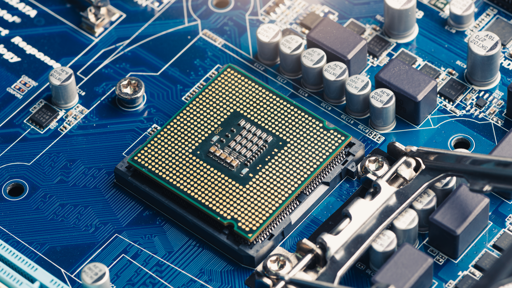“The new device is built from arrays of resistive random-access memory (RRAM) cells… The team was able to combine the speed of analog computation with the accuracy normally associated with digital processing. Crucially, the chip was manufactured using a commercial production process, meaning it could potentially be mass-produced.”
Article is based on this paper: https://www.nature.com/articles/s41928-025-01477-0



This was bound to happen. Neural networks are inherently analog processes, simulating them digitally is massively expensive in terms of hardware and power.
Digital domain is good for exact computation, analog is better for approximate computation, as required by neural networks.
That’s a good point. The model weights could be voltage levels instead of digital representations. Lots of audio tech uses analog for better fidelity.I also read that there’s a startup using particle beams for lithography. Exciting times.
what audio tech uses analog for better fidelity?
Vinyl records, analog tube amplifiers, a good pair of speakers 🤌
Honestly though digital compression now is so good it probably sounds the same.
speakers are analog devices by nature.
The other two are used for the distortions they introduce, so quite literally lower fidelity. Whether some people like those distortions is irrelevant.
You want high fidelity: lossless digital audio formats.